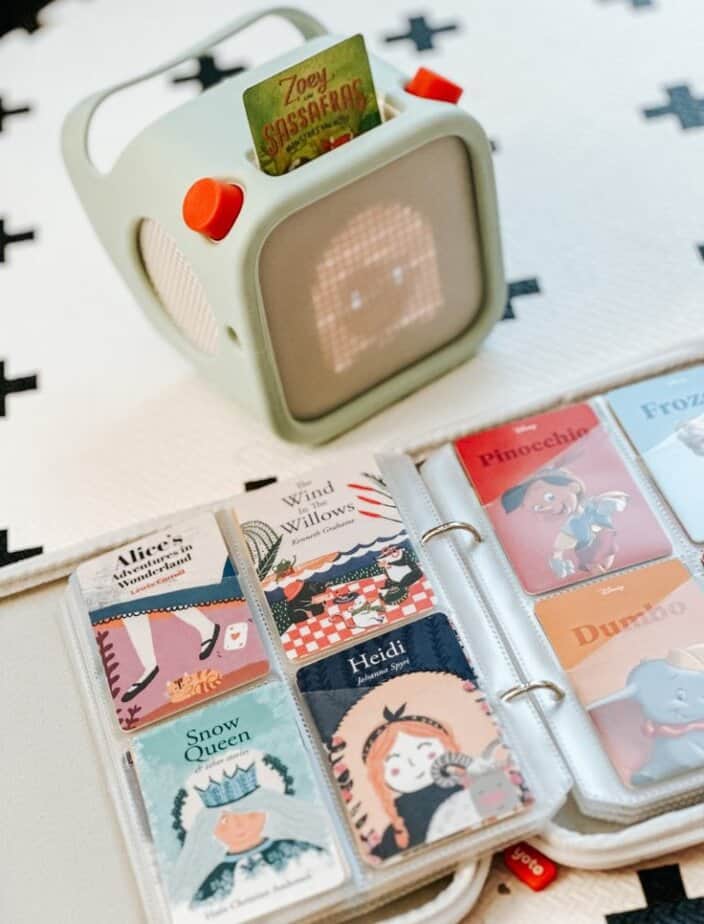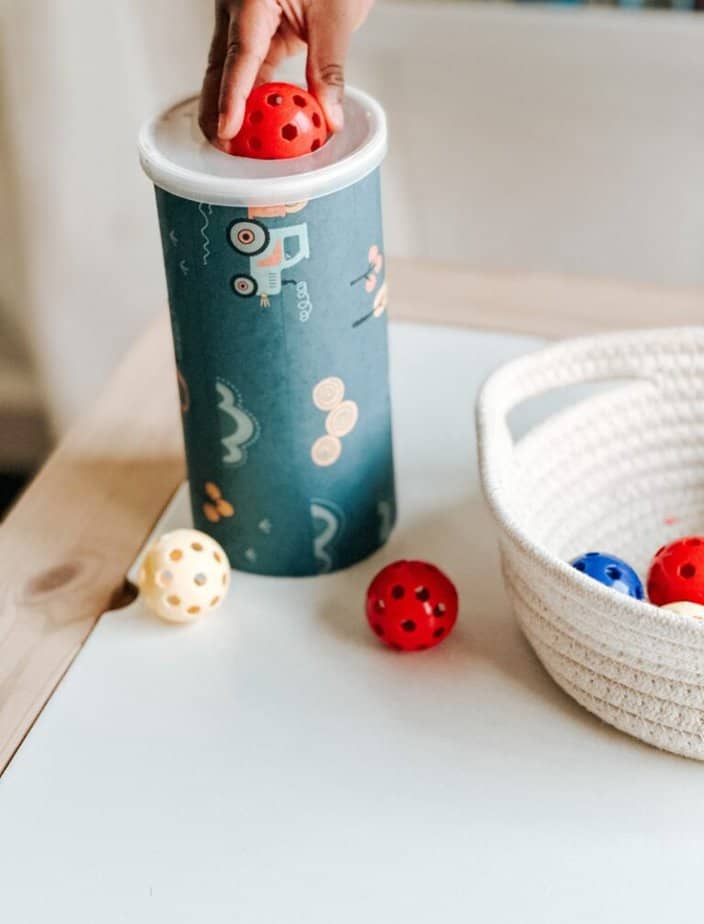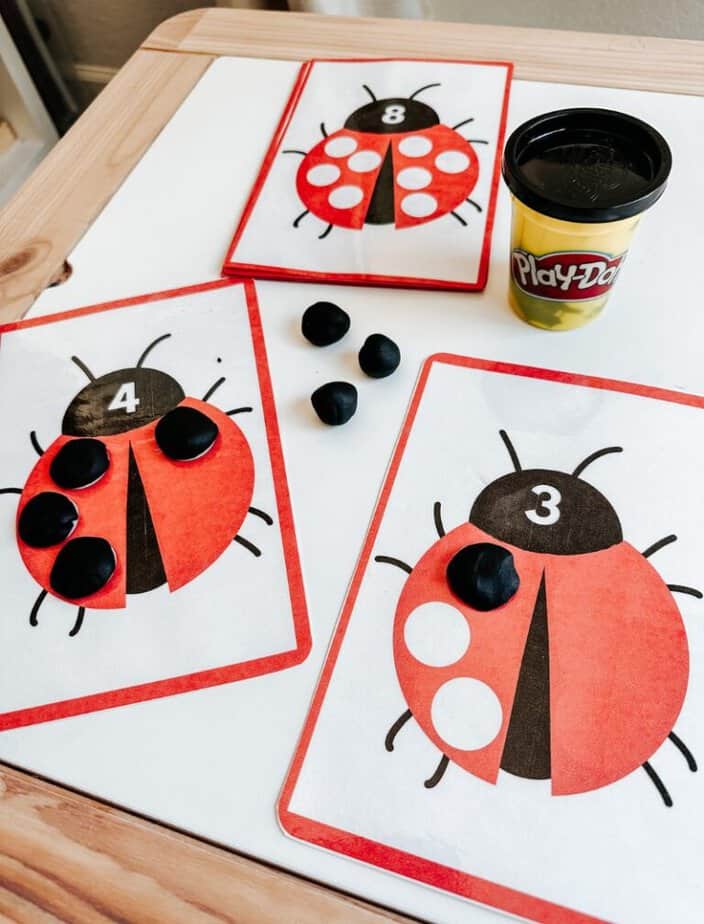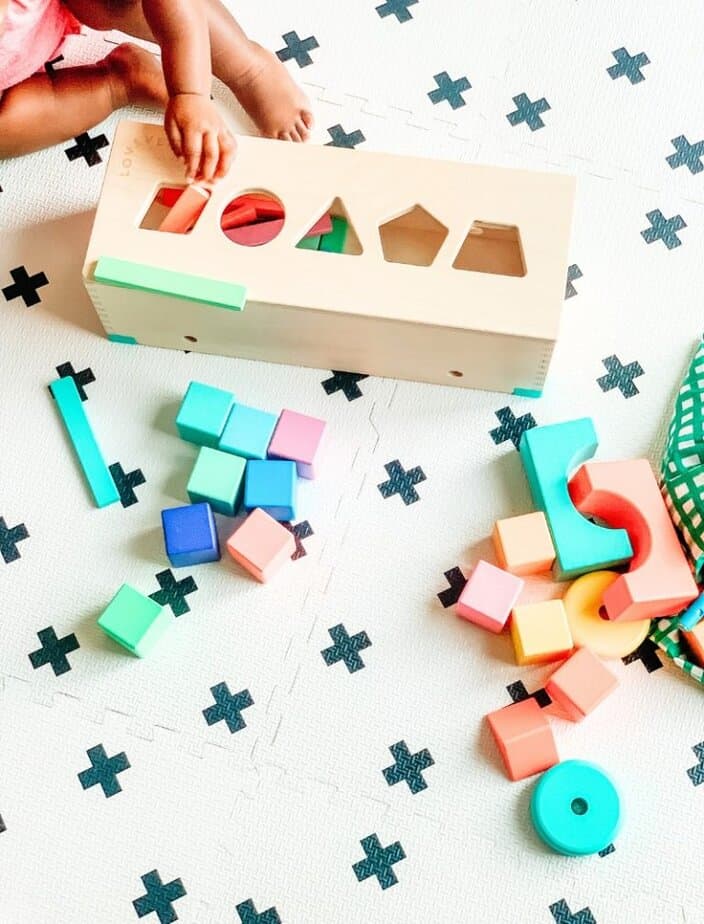Loose Parts Activity For Preschoolers | Activity Mats
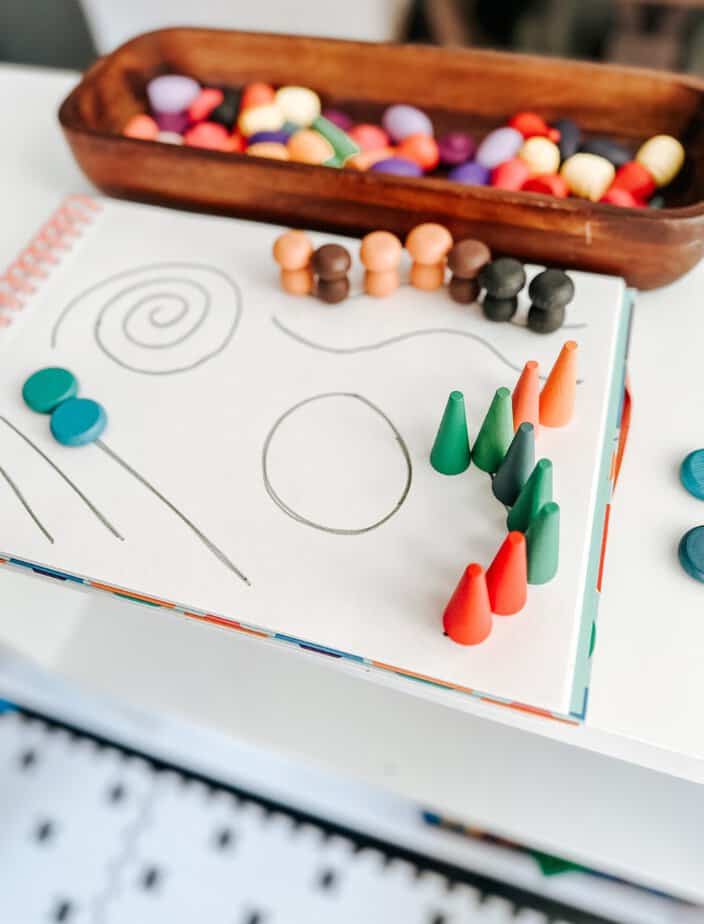
Loose-part play is great for preschoolers’ creativity, exploration, and problem-solving. Unlike structured toys, loose-part play is an open-ended material that encourages imagination and self-directed learning.
From pebbles, bottle caps, and even fabric scrapes loose parts transform everyday items into tools for discovery and creativity.
Let’s explore the benefits of loose-parts play and some loose-parts supply ideas. Here is a fun loose-part activity for preschoolers.
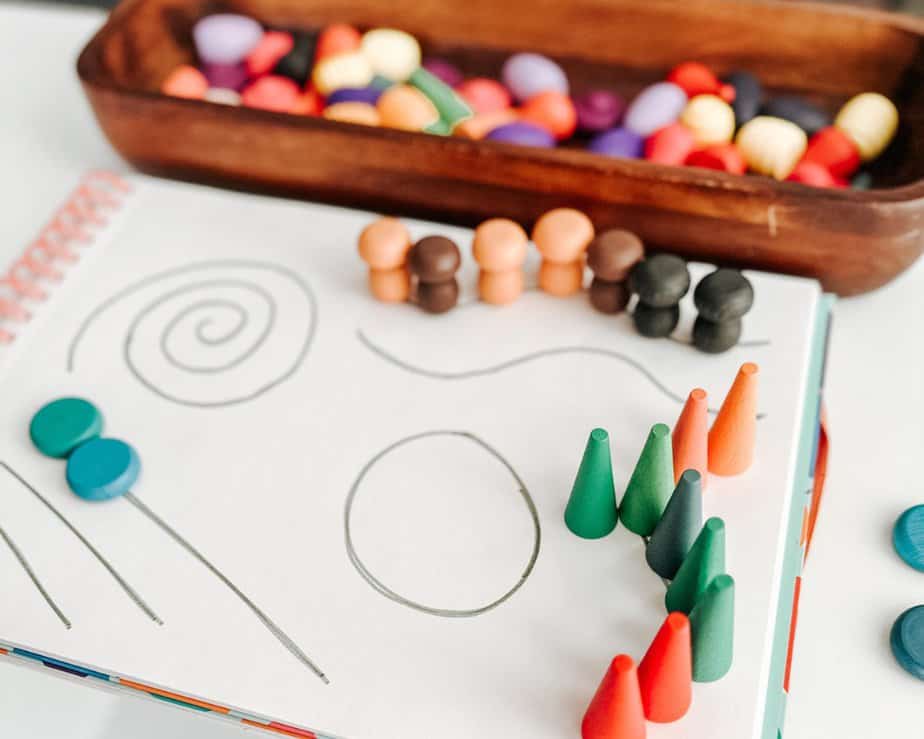
Affiliate Disclaimer: This post may contain affiliate links, which means I receive a small commission if you purchase through my links at no additional cost!
Supplies You Need
- Loose Parts Supplies
- Sketch Book
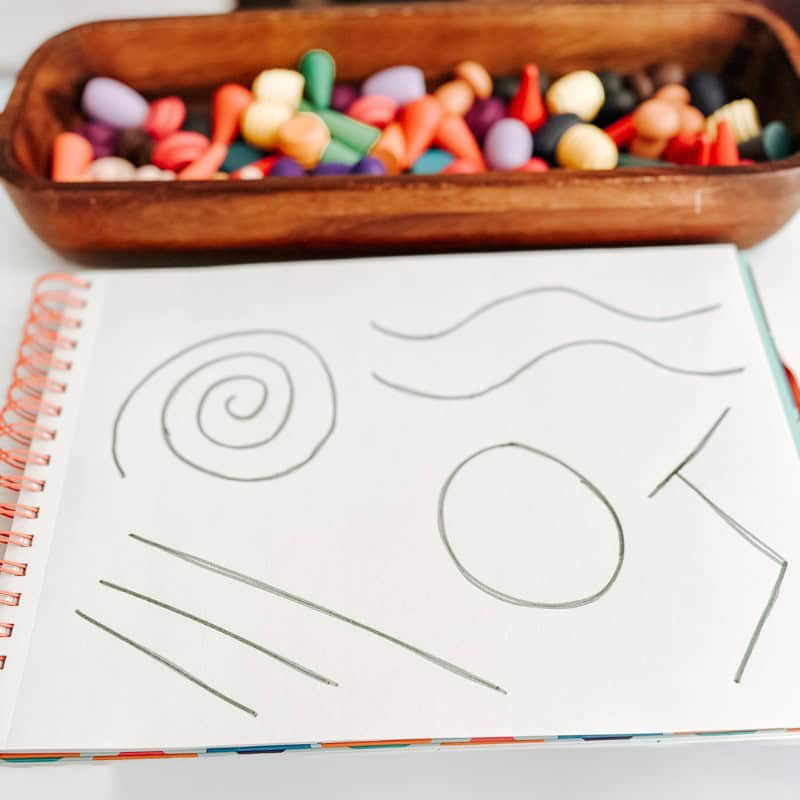
What Is Loose Parts Play?
Loose parts can be natural or even man-made items that children can move, stack, arrange, and manipulate in endless ways. This is an open-play concept that allows children to imagine and create with loose parts.
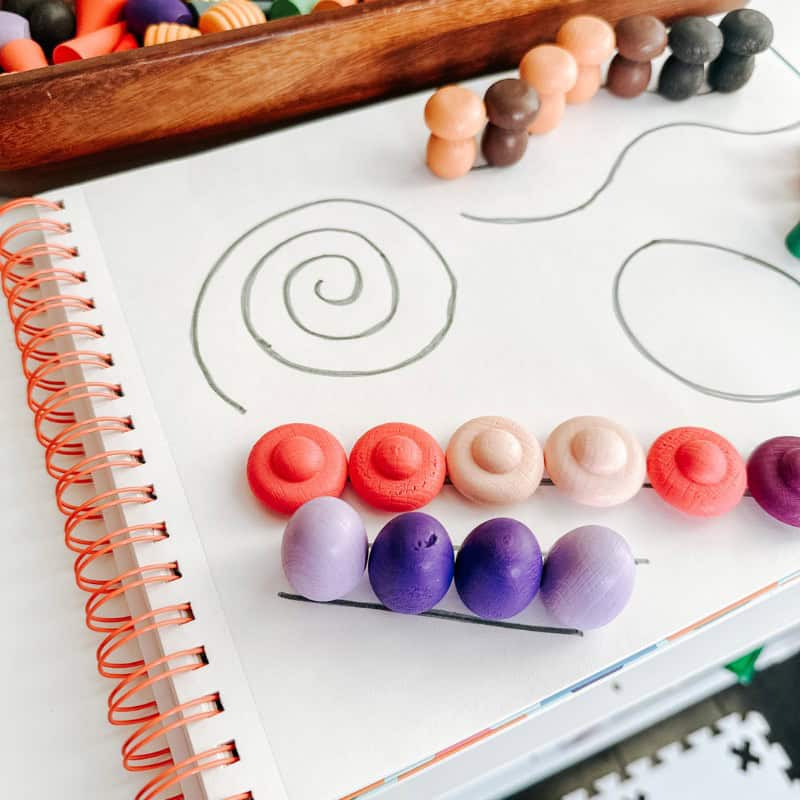
Benefits of Loose Parts For Preschoolers
Sparks Creativity and Imagination: Loose Parts is an open play concept using natural and man-made objects that can be manipulated in countless ways. This encourages creativity and imagination for preschoolers.
Develops Problem-solving Skills: Loose parts play encourages trial and error exploration. An example of that would be a child trying to stack rocks to create a tower, or a child who is using popsicle sticks to create a bridge.
Strengthens Fine and Gross Motor Skills: Loose parts play supports fine and gross motor development. Smaller loose parts improve fine motor coordination, while larger loose parts like wooden planks engage gross motor skills.
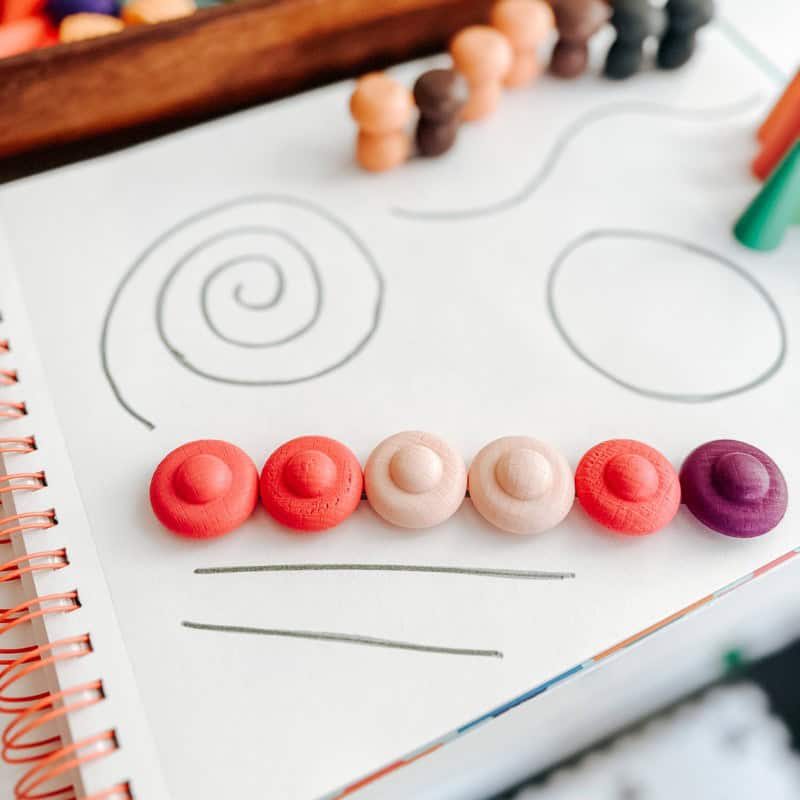
Loose Parts Supply List Ideas
Here’s a list of loose parts ideas, divided into natural and household categories, to help you get started:
Natural Loose Parts
- Rocks and Pebbles: Great for stacking, sorting, and building.
- Pinecones and Acorns: Perfect for counting, decorating, or imaginative play.
- Sticks and Twigs: Versatile tools for building or pretend play.
- Shells: Add a sensory element and are wonderful for sorting activities.
- Leaves: Use them for art projects or as pretend money in imaginative games.
- Driftwood: Offers unique textures and shapes for creative play.
- Seeds and Pods: Ideal for sensory exploration or crafting.
Household Loose Parts
- Bottle Caps: Use them for sorting, counting, or stacking.
- Corks: Great for building and floating experiments.
- Fabric Scraps and Ribbons: Add color and texture to pretend play or crafts.
- Paper Towel Tubes: Perfect for building tunnels or telescopes.
- Beads: Use them for threading, sorting, or creating jewelry.
- Buttons: Fun for patterning and counting activities.
- Straws and Pipe Cleaners: Flexible materials for building and crafting.
- Egg Cartons: Use them for sorting small items or as paint palettes.
- Plastic Lids: Ideal for stacking, matching, or creating DIY games.

